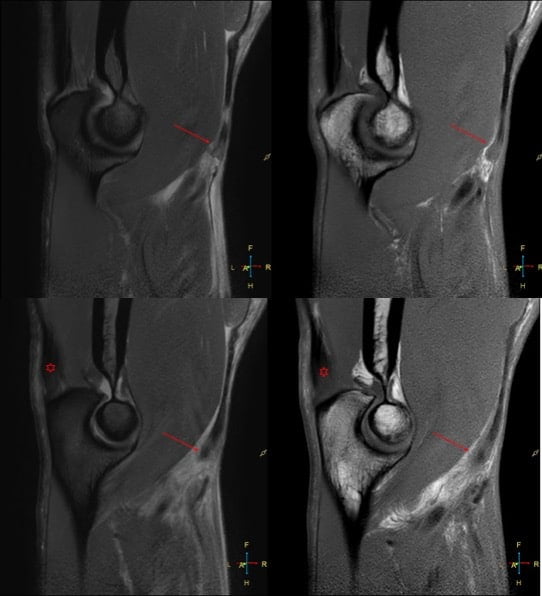
What is the hot quadrate lobe sign?
The hot quadrate lobe sign is used to describe the intense arterial enhancement of the quadrate lobe of the liver on CT or MRI, seen in cases of SVC obstruction due to collateral circulation.
- Also known as focal hepatic hot spot sign due to its appearance on technetium 99m sulphur colloid scans.
- Pathophysiology : SVC obstruction -> if partial -> drainage by collateral vessels -> internal thoracic, superficial thoraco-abdominal veins and paraumbilical veins -> left portal vein-> Early arterial enhancement in the QUADRATE lobe of liver -> Hot Quadrate lobe sign on early arterial CT study.
- This region is normally drained by the superior vein of S__P_Y (Watch the video for the answer!).
- Only seen on ARTERIAL phase.
- Clinical significance:
- Suggests long standing SVC obstruction.
- Cause of hepatic pseudo-lesion.
- Differentials: Focal nodular hyperplasia, hepatocellular adenoma, HCC, hemangioma.
- Hot Caudate lobe sign is seen in ⁉️ (Answer in the comments section!)
Detailed video with PACS based case images:





